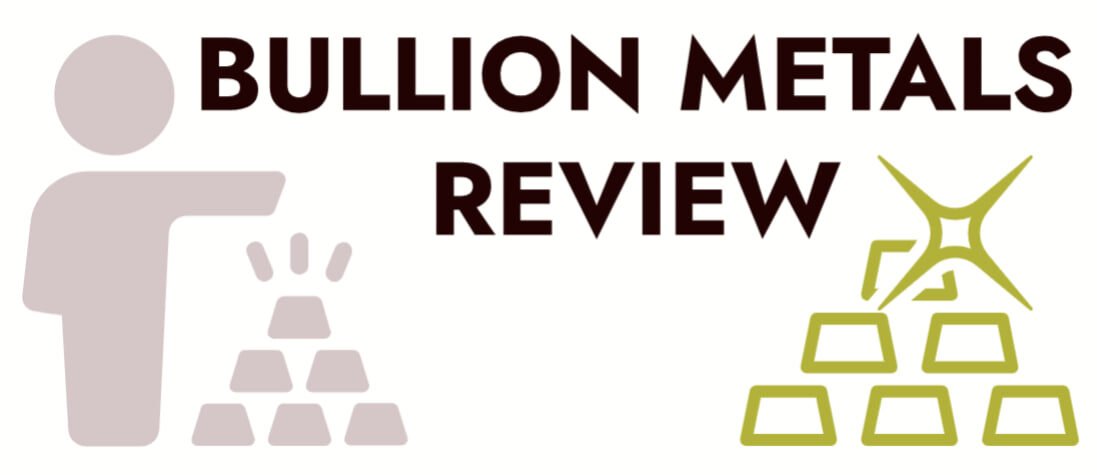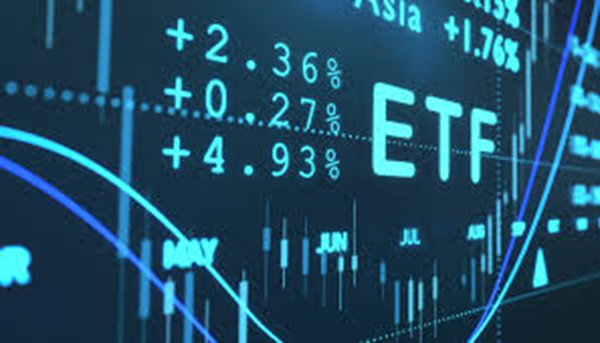Investing in Precious Metal ETF’s:

Precious metals have long been regarded as safe-haven investments, especially during periods of economic uncertainty and inflation. For centuries, people have invested in physical gold and silver to preserve wealth. In recent years, however, a more accessible option has emerged: Precious Metals Exchange-Traded Funds (ETF’s). These funds allow investors to gain exposure to metals like gold, silver, platinum, and palladium without the need to own and store the physical assets.
In this comprehensive guide, we will explore everything you need to know about investing in precious metals ETF’s, including how they work, their benefits, strategies for investing, and more.
What Are Precious Metals ETF’s?
Precious metals ETFs are investment funds that aim to track the price of specific precious metals, such as gold, silver, platinum, or palladium. These ETF’s trade on stock exchanges, just like individual stocks, making it easy for investors to buy and sell them throughout the trading day. Investors can choose from different types of ETF’s that focus on precious metals, allowing them to benefit from price movements without the complexities of owning physical gold or silver.
There are three main types of precious metals ETF’s:
- Physical-backed ETFs: These ETF’s hold the actual metal in vaults. For example, a gold ETF investment fund would hold physical gold bullion to mirror the price of gold.
- Futures-based ETF’s: These funds invest in futures contracts rather than the metal itself. These ETF investment strategies can be more volatile as they are linked to the futures market, but they offer flexibility.
- Mining ETFs: Some ETF’s don’t directly invest in precious metals but instead in companies involved in mining. These funds expose investors to both the commodity and the performance of mining stocks.
How ETF’s Work
To understand how ETF’s work, it’s crucial to recognize that ETF’s are pooled investments. They collect money from many investors to buy a basket of assets, such as gold or silver. Each share of an ETF represents a portion of this pool. The price of an ETF fluctuates based on the value of the underlying assets (gold, silver, etc.).
One of the key advantages of investing in ETF’s is that they offer diversification within a single trade. This means that, instead of owning individual metals or stocks, investors hold a portfolio of precious metals or companies involved in the precious metals market. It’s also important to note that ETF investing for beginners can be straightforward because ETFs are traded on public exchanges, providing high liquidity and ease of access.
Benefits of Precious Metals ETF’s
There are several reasons why investors may consider precious metals ETF’s:
1. Hedge Against Inflation
Precious metals, particularly gold and silver, have historically acted as a hedge against inflation. When the value of fiat currency decreases due to rising prices, the price of precious metals often increases. Gold and silver ETF’s allow investors to take advantage of this relationship without the need to buy and store physical gold or silver.
2. Portfolio Diversification
One of the key benefits of precious metals ETF’s is their ability to diversify your portfolio. In times of market volatility or economic uncertainty, precious metals tend to perform differently from traditional stocks and bonds. By adding a precious metals ETF to your portfolio, you can reduce overall risk and enhance long-term stability. The concept of precious metals portfolio diversification is especially important for investors looking to hedge against downturns in other markets.
3. Lower Costs
Investing in physical precious metals comes with added costs such as storage, insurance, and security. Precious metals ETF’s, on the other hand, have relatively low expense ratios, making them a cost-effective option. Instead of worrying about securing and insuring physical assets, you simply pay a small fee to the ETF provider.
4. Ease of Trading
Unlike physical metals, which can be difficult to sell or exchange, precious metals ETF’s are traded on major stock exchanges. This provides liquidity and flexibility since you can buy and sell shares of the ETF during market hours, similar to stocks. This long-term investing with precious metals ETF’s also means that investors can hold these funds for years with relatively low management fees and without worrying about the challenges of storing metals.
Gold and Silver ETF’s: Popular Choices for Investors
When discussing precious metals ETFs, gold ETF investments and silver ETF strategies often come to the forefront. Gold is the most popular precious metal for investors due to its history as a store of value, while silver offers more price volatility and growth potential.
Gold ETF Investment
Gold ETF’s are typically backed by physical gold held in vaults. One of the largest and most well-known gold ETF’s is the SPDR Gold Shares (GLD). This ETF aims to mirror the spot price of gold and provides investors with exposure to the precious metal without the need for storage.
Silver ETF Strategies
Silver ETFs, such as the iShares Silver Trust (SLV), operate similarly to gold ETF’s but focus on silver bullion. Silver tends to be more volatile than gold, offering both greater potential for growth and higher risk. Investors who are looking to capitalize on fluctuations in the silver market may prefer silver ETF’s due to their lower cost of entry compared to gold.
Precious Metals vs Physical Gold: A Comparison
For investors considering the pros and cons of precious metals vs physical gold, ETF’s offer a convenient and flexible alternative. Here’s a quick comparison:
- Cost: Physical gold requires storage and insurance, while precious metals ETF’s have lower costs, with only a small annual fee known as an expense ratio.
- Liquidity: Precious metals ETF’s are more liquid than physical gold since they can be traded instantly on the stock exchange. Selling physical gold may involve finding a buyer and ensuring the purity and value of the metal.
- Ownership: When you own physical gold, you directly possess the asset, giving you a sense of security. However, owning shares in an ETF doesn’t provide the same direct ownership, though you still benefit from price movements.
Diversifying with ETF’s
When it comes to diversifying with ETF’s, including precious metals ETF’s is a strategy many investors use to hedge against economic risks. Since precious metals tend to move inversely to equities, adding them to a portfolio can help reduce exposure to market downturns. Moreover, ETF investment strategies allow for diversification across different types of metals or industries, further reducing risk.
For example, you could invest in an ETF that tracks both gold and silver prices or one that holds stocks of mining companies. This provides a broad exposure to the precious metals market without over-concentrating your investments in a single asset class.
Long-Term Investing with Precious Metals ETF’s
While short-term traders might take advantage of price fluctuations, long-term investing with precious metals ETF’s is a popular strategy for wealth preservation. Holding precious metals over extended periods can provide protection against inflation and currency devaluation. Many investors view gold and silver as stores of value that maintain purchasing power over time.
Additionally, ETF’s like Sprott Physical Gold and Silver Trust (CEF) offer exposure to both metals in a single fund, making it easier for investors to balance their holdings between gold and silver without the need to manage multiple investments.
Conclusion
In conclusion, investing in precious metals ETF’s provides a convenient, cost-effective, and liquid way to gain exposure to gold, silver, and other precious metals. Whether you are seeking a hedge against inflation, a means of precious metals portfolio diversification, or a flexible way to trade these valuable commodities, ETF’s offer numerous advantages.
By understanding how ETF’s work, carefully selecting the best options, and employing effective ETF investment strategies, you can benefit from the stability and potential growth that precious metals have historically offered. Whether you are new to ETF investing for beginners or a seasoned investor, precious metals ETFs can be a valuable part of your portfolio, providing both long-term security and opportunities for growth.
Open a FREE Bullion Vault account today with no obligation to trade! BONUS: Sign up now and receive a risk-free 1/8 oz (4g) of silver to kickstart your journey into precious metals investing






Comments (3)